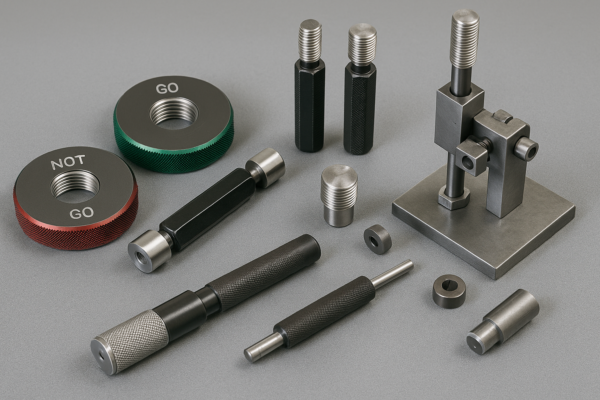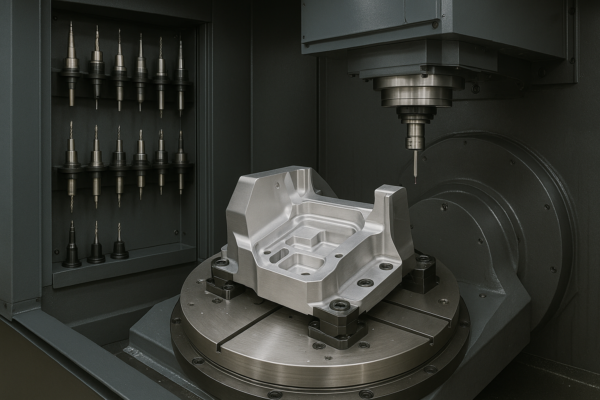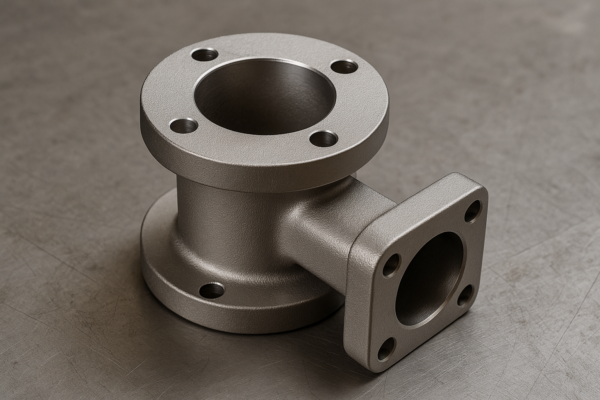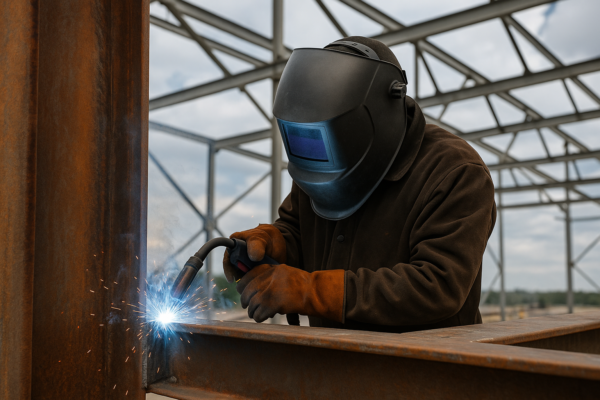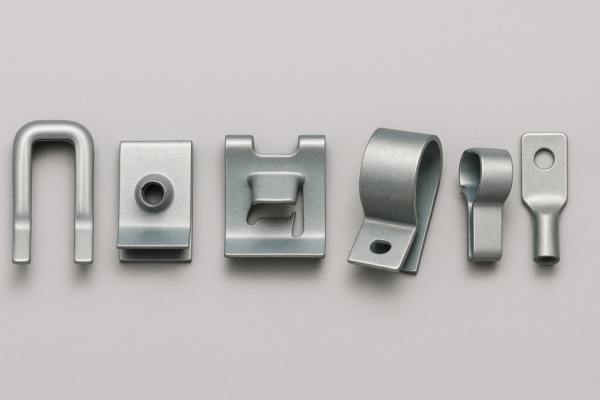What is surface treatment and surface coating?
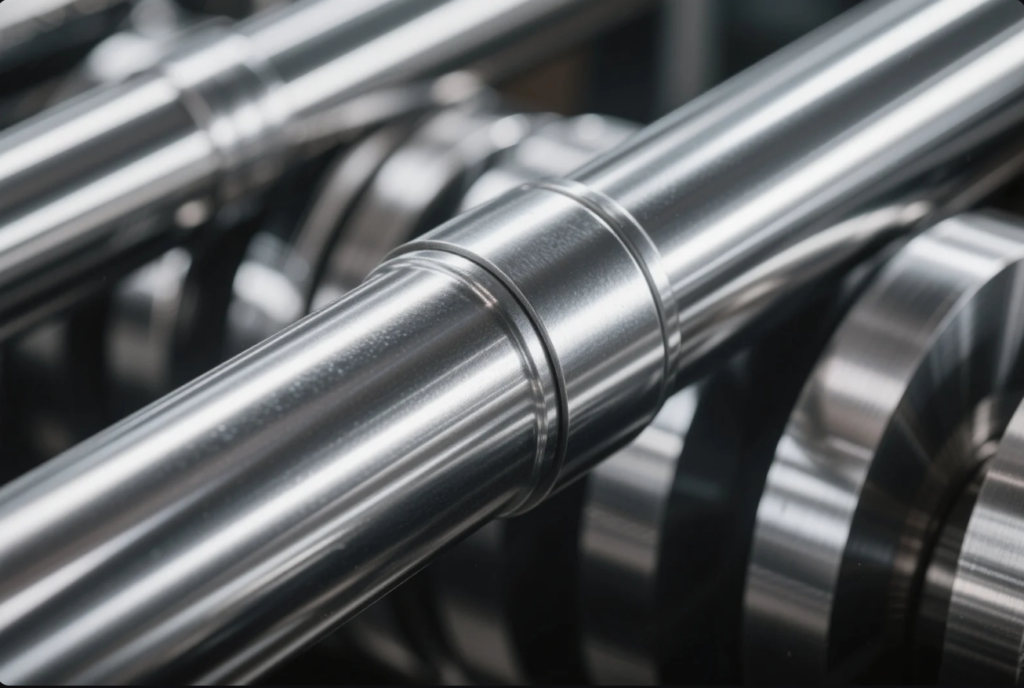
Metal and plastic parts don’t just need shaping—they need finishing. That’s where techniques like surface treatment and protective coatings play a critical role.
These processes modify or enhance a part’s exterior to improve corrosion resistance, appearance, and long-term durability.
In this article, we explain the difference between common finishing methods, explore real-world applications, and highlight their value across industries—from industrial manufacturing to dentistry.
What is surface treatment coating?
Surface coatings are commonly used to enhance how a part performs in its working environment.
This process involves adding a functional or decorative layer to a surface to protect it from corrosion, wear, or environmental damage.
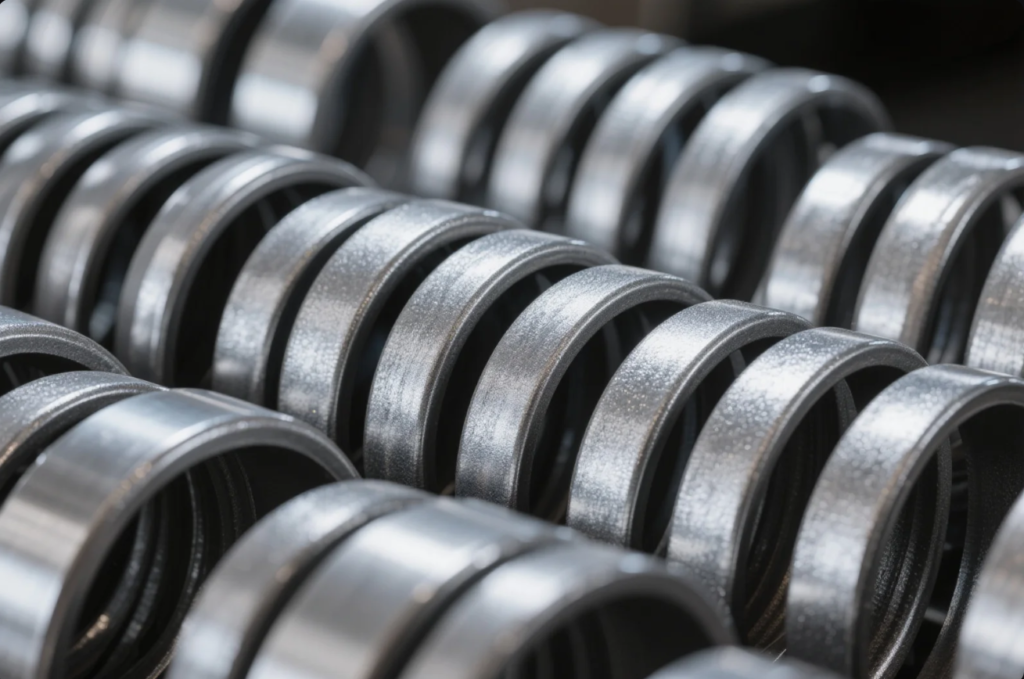
Coating types and applications
| Coating Type | Purpose | Common Materials |
|---|---|---|
| Powder Coating | Protection and color | Steel, aluminum, iron |
| Anodizing | Hardness and aesthetics | Aluminum alloys |
| Electroplating | Electrical performance, wear | Chrome, copper, nickel |
| Painting | Appearance and light resistance | Plastics, low-volume parts |
At Prime, we apply these coatings with automated equipment and perform curing in temperature-controlled ovens to ensure consistent quality.
What are the two types of surface treatment?
Finishing processes fall into two general categories.
Surface treatment methods are typically mechanical or chemical, depending on how they modify the surface layer.
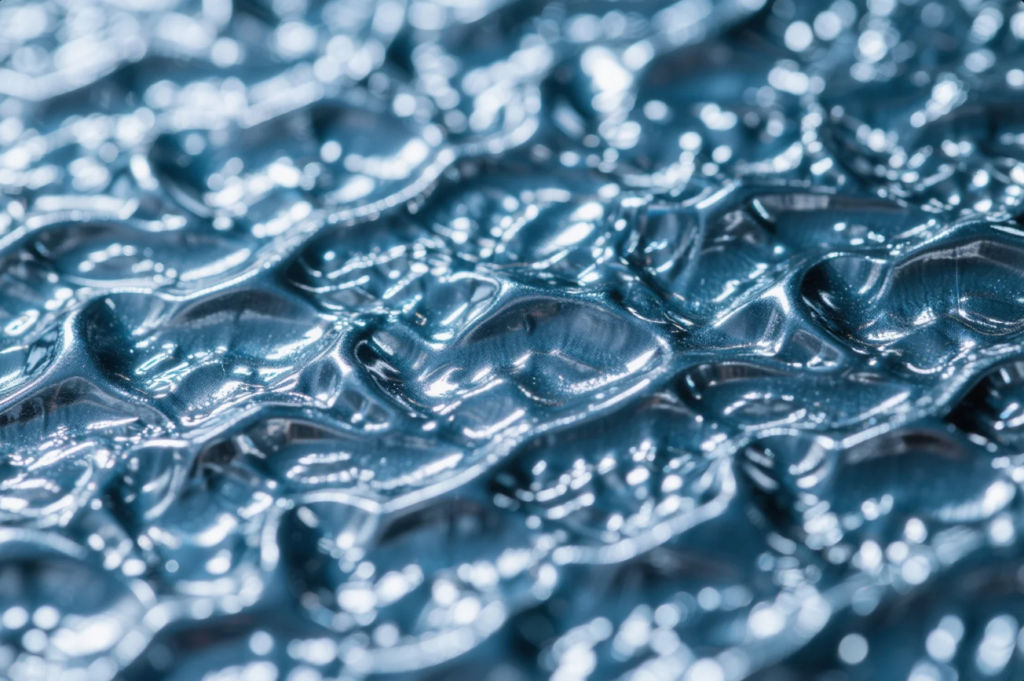
Comparison of treatment methods
| Type | Technique | Example Processes |
|---|---|---|
| Mechanical | Alters shape or texture | Polishing, sandblasting |
| Chemical | Alters surface composition | Anodizing, phosphating |
In our production line, we often combine blasting with chemical processes to prepare parts for final finishing, enhancing both coating adhesion and lifespan.
What is an example of a surface treatment?
One of the most widely used finishing techniques is anodizing.
This method strengthens aluminum parts while providing a clean, attractive, and color-customizable surface.
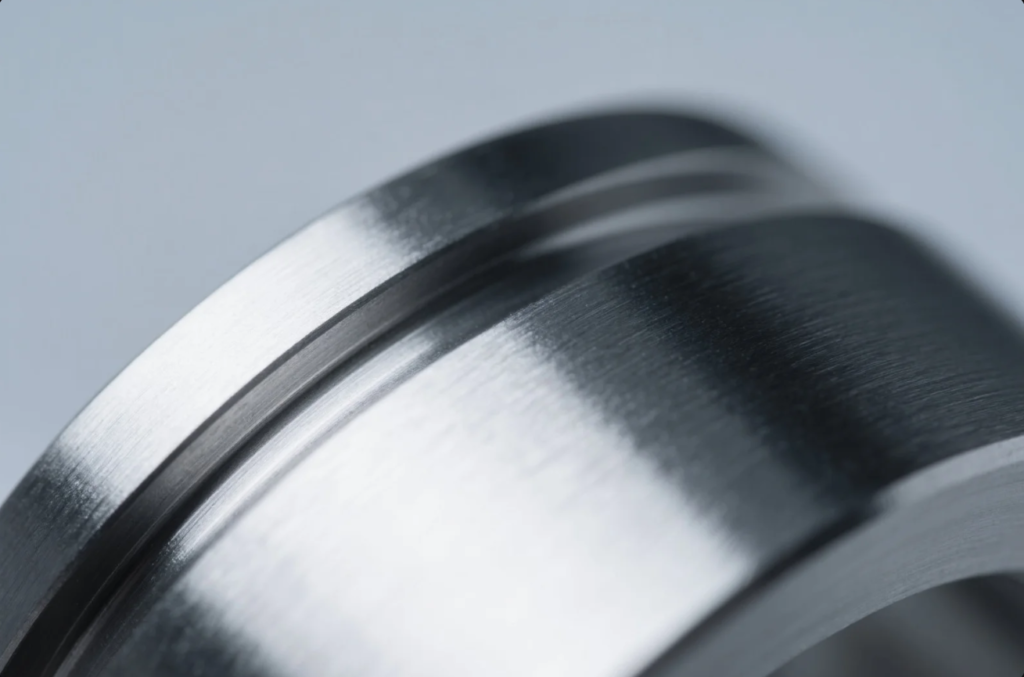
Why manufacturers choose anodizing
The process enhances corrosion resistance, increases surface hardness, and offers a uniform, non-peeling finish.
| Feature | Benefit |
|---|---|
| Wear Resistance | Suitable for moving parts |
| Appearance Options | Matte, clear, or colored |
| Low Environmental Impact | VOC-free process |
| Industries | Aerospace, medical, electronics |
At Prime, we offer custom anodized parts in matte black, silver, or brand-specific colors, ideal for functional and visual applications.
What is the main purpose of surface treatment in dentistry?
In medical applications, especially dental implants, finishing techniques are critical to biocompatibility.
In dentistry, modified surfaces help implants bond with bone and resist infection.

Why dental components require enhanced surfaces
Treatments like roughening or bio-coating titanium implants improve osseointegration and healing outcomes.
| Technique | Purpose |
|---|---|
| Sandblasting | Increases bone bonding surface area |
| Acid Etching | Promotes micro-porous structure |
| Plasma Spraying | Applies calcium-rich bio-layers |
| Nano-Coating | Enhances tissue interaction |
We supply treated titanium components for dental and orthopedic applications, with full traceability and process control.
FAQs
Q1: Are coatings and treatments the same thing?
Not exactly. Coatings are layers applied to the surface; treatments can also involve chemical or structural changes.
Q2: Is surface finishing always required?
Not always, but most parts benefit from added durability, appearance, or corrosion resistance.
Q3: Do these processes affect final dimensions?
Yes. Our team accounts for coating thickness during machining and inspection.
Q4: Are Prime’s coatings compliant with global regulations?
Yes. We offer RoHS, REACH, and ISO-certified options.
Q5: Can I receive test samples or coating reports?
Absolutely. We provide finish samples, thickness data, and salt spray test results as needed.
Conclusion
Finishing techniques like anodizing, powder coating, and plating play a key role in product performance and appearance. Choosing the right approach means better quality, longer life, and fewer field failures.
Contact Us
Looking for expert support in finishing precision parts?
✅ Full-service finishing: blasting, anodizing, coating
✅ Medical, aerospace, and industrial applications
✅ RoHS/REACH compliant, ISO-certified processes
🔗 Website: https://primecustomparts.com/
📧 Email: [email protected]
Partner with Prime to get durable, finished components engineered for high performance and global markets.

